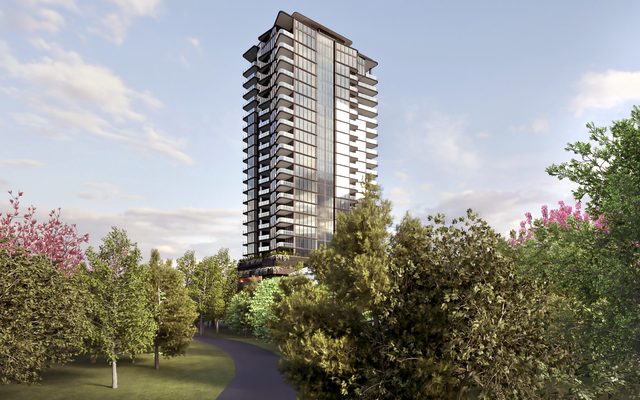This article is from the Australian Property Journal archive
NEW apartment projects have fallen by a third across the country and at the same time, sales almost halved, according to new research by Urbis.
Urbis’s latest report shows 128 developments yielding more than 21,700 apartments were launched in the inner precincts nationally over 2017, which is well below the 248 projects for 35,800 apartments in the prior year.
Sales numbers showed 11,500 apartments across 92 developments sold out last year, also short of the 2016’s 20,400 apartments across 165 developments.
Urbis director of property economics and research, Mark Dawson, said the apartment sector is self regulating and the significant reduction is allowing developers to move existing stock whilst selected new projects launched without overcrowding the market.
Project launches in Brisbane are forecast to remain low throughout 2018, allowing for the absorption of unsold product.
Dawson said that whilst not coming through in the sales numbers, Brisbane has a number of strong fundamentals.
“Population growth is on the up, investment in major projects is kicking up a gear and the rental market has remained buoyant to this point helping to absorb the significant supply entering the market,” he said.
The new apartment vacancy rate was 3.6% in the December quarter according to Urbis, with REIQ data showing vacancies for houses and units at a combined 4%.
There was a 21% increase in unit bond lodgements for inner Brisbane over the past 12 months.
The Gold Coast saw the biggest increase of sales over the December quarter, with 37%. Dawson said the lead up to the Commonwealth Games is building excitement on the ground, and project launches and sales are expected to increase following the growing levels of pre-development activity.
Perth was second in sales increases for the quarter, with 26%, and Dawson said the established market is starting to see a recovery after a long downturn.
“This will start to flow through to the apartment market as confidence levels improve and completed stock levels reduce,” he said.
Sydney has the largest active market with over 42,000 apartments monitored as part of the research. Significant infrastructure investment in and around Parramatta will see continued growth in the region, while current hotspots include Sydney’s north-west middle ring suburbs of North Ryde and Macquarie Park.
Melbourne is tipped to see further growth and activity in the middle ring, which is currently keeping pace with inner areas.
“A space to watch for Melbourne, but also our other major capitals, is whether build to rent emerges as a viable delivery vehicle, and the impact it will have on the current supply pipeline and housing affordability,” Dawson said.
Owner occupiers dominated sales over the December quarter in the Gold Coast, Perth and Sydney, making up 54%, 48% and 51% of the market respectively. Inner Brisbane apartments remain primarily targeted to investors, reflected in foreign investor buyers accounting for 43% of sales.
Of the 1,223 sales recorded across the inner city regions nationwide, 45% of them were to which were still in a presales stage. Inner Melbourne saw a particularly high 75%.
“Though launches have slowed. the appetite for quality new apartment product is still there, and with the right mix of product, price and marketing, developers are able to successfully launch new developments to the public,” Dawson said.
Two-bedroom, two-bathroom apartments accounting for half of total sales in the quarter, slightly up from 47%. One-bedroom, one-car park apartments were the next most popular, at 24% of total sales. Three bedroom-plus products were down slightly to 12% of total sales.
Dawson said that while there is some movement in product preference depending on stock availability, the staple configurations of two-bedroom, two-bathroom and one-bedroom, one-car apartments remain consistently popular nationally.
Australian Property Journal




